Home>Gardening & Outdoor>Landscaping Ideas>How To Grow Thick Bermuda Grass
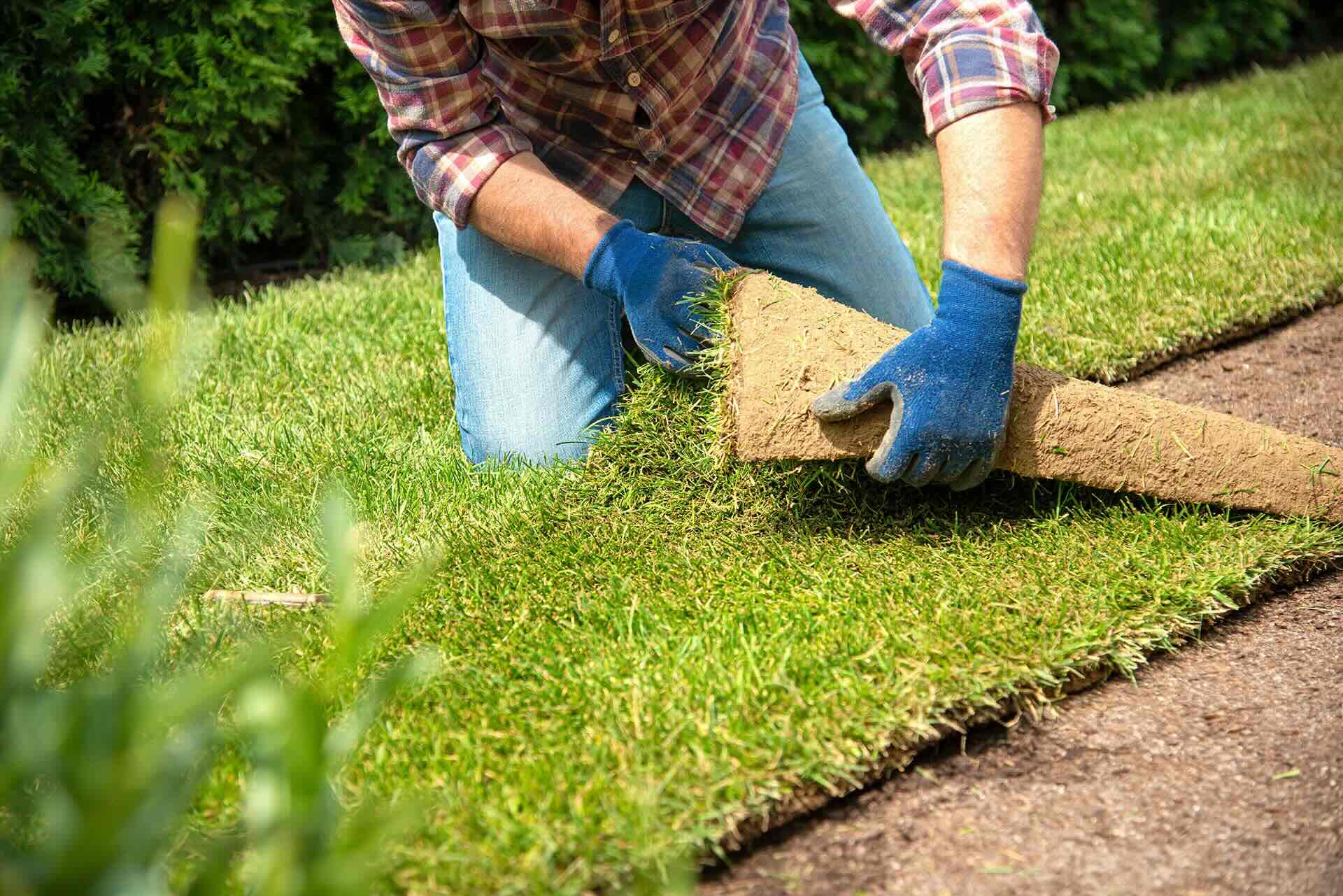

Landscaping Ideas
How To Grow Thick Bermuda Grass
Modified: March 26, 2024
Learn effective landscaping ideas to grow thick Bermuda grass in your yard. Discover expert tips and techniques for lush, vibrant grass.
(Many of the links in this article redirect to a specific reviewed product. Your purchase of these products through affiliate links helps to generate commission for Storables.com, at no extra cost. Learn more)
Introduction
Bermuda grass, known for its resilience and lush appearance, is a popular choice for lawns and landscapes. Its ability to thrive in warm climates and withstand heavy foot traffic makes it a top pick for many homeowners and landscapers. If you're looking to cultivate a thick, vibrant Bermuda grass lawn, there are several key factors to consider. From selecting the right variety to implementing proper maintenance techniques, this comprehensive guide will walk you through the essential steps to achieve a healthy and robust Bermuda grass lawn.
When it comes to cultivating Bermuda grass, it's important to understand that not all varieties are created equal. The choice of Bermuda grass variety plays a crucial role in determining the overall success of your lawn. Factors such as climate, soil type, and intended use should be taken into account when selecting the most suitable variety for your specific needs.
In addition to variety selection, soil preparation and fertilization are fundamental aspects of growing thick Bermuda grass. By ensuring that the soil is adequately nourished and well-prepared, you can create an optimal environment for Bermuda grass to flourish. Proper watering, mowing, and thatching techniques are also essential for maintaining the health and density of your Bermuda grass lawn.
Furthermore, being aware of common Bermuda grass problems and knowing how to address them effectively is vital for long-term lawn success. By proactively identifying and managing issues such as pests, diseases, and weed infestations, you can safeguard the vitality of your Bermuda grass and promote its thick, luxurious growth.
In the following sections, we will delve into each of these critical aspects in detail, providing actionable insights and expert tips to help you grow thick Bermuda grass and maintain a stunning, resilient lawn. Whether you're a seasoned landscaper or a novice homeowner, this guide will equip you with the knowledge and techniques needed to achieve a thriving Bermuda grass lawn that will be the envy of the neighborhood.
Key Takeaways:
- Choose the right Bermuda grass variety based on your climate, soil type, and intended use to establish a lush and resilient lawn that thrives in your specific environment.
- Prepare the soil, water deeply and infrequently, and address common issues like pests and diseases to maintain a thick and vibrant Bermuda grass lawn that enhances your landscape’s beauty.
Read more: How To Grow Bermuda Grass Seeds
Choosing the Right Bermuda Grass Variety
Selecting the appropriate Bermuda grass variety is a crucial first step in establishing a thick and vibrant lawn. With several varieties available, each with its unique characteristics and suitability for specific conditions, it's essential to make an informed choice based on your location, climate, and intended use.
-
Consider Your Climate: Bermuda grass varieties are categorized into warm-season and cold-season types. Warm-season varieties, such as Tifway 419 and Celebration, thrive in hot climates and are well-suited for regions with long, scorching summers. On the other hand, cold-season varieties like Yukon and Riviera are better adapted to cooler climates and can withstand frost and lower temperatures. Understanding your local climate is pivotal in selecting a variety that will thrive in your specific environment.
-
Assess Your Soil Type: Different Bermuda grass varieties have varying soil preferences. Some are more tolerant of sandy soils, while others perform better in clay-based or loamy soils. Conduct a soil analysis to determine the composition of your soil and choose a variety that aligns with its characteristics. For instance, if you have sandy soil, a variety like Sahara or Yukon may be a suitable choice due to their sand-tolerant nature.
-
Evaluate Intended Use: Consider the primary purpose of your lawn. Are you aiming for a lush, resilient turf for recreational activities and high foot traffic, or are you cultivating a decorative lawn with a focus on aesthetics? Varieties like TifGrand and TifTuf are renowned for their durability and ability to withstand heavy use, making them ideal for sports fields and high-traffic areas. Alternatively, if your priority is a visually appealing lawn, varieties such as Princess 77 and Arden 15 offer exceptional color and texture, enhancing the overall aesthetic appeal of your landscape.
-
Consult Local Experts: Seek guidance from local horticulturists, turf specialists, or agricultural extension services in your area. These professionals can provide valuable insights into the best Bermuda grass varieties suited to your specific region. They can offer recommendations based on local climate patterns, soil conditions, and common lawn challenges, helping you make an informed decision that aligns with the unique requirements of your location.
By carefully considering these factors and conducting thorough research, you can confidently select a Bermuda grass variety that is best suited to your climate, soil type, and intended use. Choosing the right variety lays a solid foundation for cultivating a thick, resilient Bermuda grass lawn that will thrive and flourish in its designated environment.
Soil Preparation and Fertilization
Proper soil preparation and fertilization are pivotal steps in establishing a healthy and robust Bermuda grass lawn. Before planting Bermuda grass seeds or laying sod, it is essential to ensure that the soil is adequately nourished and well-prepared to provide an optimal growing environment for the grass to thrive.
Soil Testing
The first step in soil preparation is conducting a comprehensive soil test to assess its pH level and nutrient composition. This analysis helps determine the specific fertilizer requirements and any necessary amendments to optimize the soil for Bermuda grass growth. Soil testing kits are readily available at garden centers or through local agricultural extension services, enabling homeowners and landscapers to obtain accurate insights into their soil's characteristics.
pH Adjustment
Bermuda grass thrives in slightly acidic to neutral soil with a pH range of 6.0 to 7.0. If the soil test reveals an imbalanced pH level, amendments such as lime or sulfur can be applied to adjust the acidity or alkalinity, creating an ideal pH environment for Bermuda grass to flourish.
Read more: How Long Does Bermuda Grass Take To Grow
Fertilization
Applying a high-quality fertilizer tailored to the specific needs of Bermuda grass is crucial for promoting healthy growth and dense turf. Opt for a balanced fertilizer with a nitrogen-phosphorus-potassium (N-P-K) ratio formulated for Bermuda grass, such as 15-5-10 or 16-4-8. Slow-release fertilizers are particularly beneficial as they provide a steady supply of nutrients over an extended period, promoting sustained growth and minimizing the risk of nutrient leaching.
Organic Matter Incorporation
Incorporating organic matter, such as compost or well-rotted manure, into the soil prior to planting Bermuda grass enhances its texture, fertility, and water retention capacity. Organic matter serves as a natural source of nutrients, improves soil structure, and fosters beneficial microbial activity, contributing to the overall health and vigor of the grass.
Soil Aeration
Aerating the soil through core aeration or mechanical methods is essential for alleviating compaction and enhancing air and water penetration. By creating channels in the soil, aeration facilitates root development, nutrient uptake, and water infiltration, promoting a healthier and more resilient Bermuda grass lawn.
Timing of Fertilization
When it comes to fertilization, timing is critical. For newly established Bermuda grass, it is advisable to apply a starter fertilizer at the time of planting or sod installation to provide essential nutrients for initial root development. Subsequent fertilization should be carried out according to a schedule tailored to the specific needs of the chosen Bermuda grass variety and local climate conditions.
By meticulously preparing the soil and implementing a targeted fertilization regimen, you can create an optimal foundation for thick and vigorous Bermuda grass growth. These proactive measures contribute to the overall health and resilience of the lawn, ensuring that your Bermuda grass flourishes and maintains its lush, vibrant appearance over time.
Read more: How Deep Do Bermuda Grass Roots Grow
Watering and Maintenance
Proper watering and consistent maintenance practices are essential for nurturing a thick and healthy Bermuda grass lawn. By adhering to a well-structured watering schedule and implementing effective maintenance techniques, you can ensure that your lawn remains lush, vibrant, and resilient throughout the growing season.
Watering Guidelines
Bermuda grass thrives in warm climates and exhibits excellent drought tolerance once established. However, adequate and timely watering is crucial, especially during the initial stages of establishment and periods of prolonged heat or drought. To promote deep root development and overall water efficiency, it is recommended to follow these watering guidelines:
-
Deep and Infrequent Watering: Rather than frequent shallow watering, aim for deep and infrequent watering sessions. This encourages the grass roots to grow deeper into the soil, enhancing their ability to access moisture and nutrients, and making the lawn more resilient during dry spells.
-
Early Morning Watering: Schedule watering sessions in the early morning to minimize water loss due to evaporation. This timing also allows the grass blades to dry quickly, reducing the risk of fungal diseases.
-
Observation and Adjustment: Monitor the lawn for signs of water stress, such as wilting or a bluish-gray hue. Adjust the watering frequency and duration based on the specific needs of your Bermuda grass and the prevailing weather conditions.
Maintenance Practices
In addition to proper watering, consistent maintenance plays a pivotal role in fostering thick and vigorous Bermuda grass growth. Key maintenance practices include:
-
Regular Mowing: Maintain Bermuda grass at an optimal height of around 1 to 1.5 inches for common varieties and slightly higher for hybrid types. Frequent mowing encourages lateral growth, resulting in a denser turf and a more uniform appearance.
-
Thatch Management: Keep an eye on thatch accumulation and address it as needed. Excessive thatch can hinder water and nutrient penetration, leading to shallow root development. Periodic dethatching or core aeration helps mitigate thatch buildup and promotes a healthier lawn.
-
Fertilization and Weed Control: Follow a targeted fertilization schedule tailored to the specific needs of Bermuda grass. Additionally, implement proactive weed control measures to prevent invasive species from competing with the grass for essential resources.
-
Pest and Disease Monitoring: Regularly inspect the lawn for signs of pests, such as grubs or armyworms, and common diseases like dollar spot or brown patch. Prompt identification and appropriate management of these issues are critical for preserving the density and vitality of the Bermuda grass.
By adhering to these watering and maintenance guidelines, you can nurture a thick and resilient Bermuda grass lawn that thrives in its environment, exhibiting lush greenery and exceptional durability. These practices contribute to the long-term health and vibrancy of the lawn, ensuring that it remains an inviting and visually appealing centerpiece of your landscape.
Mowing and Thatching
Proper mowing and thatching practices are essential for maintaining the health and density of Bermuda grass lawns. By adhering to appropriate mowing heights and addressing thatch accumulation, you can promote vigorous growth and a lush, resilient turf.
Mowing Guidelines
When it comes to mowing Bermuda grass, adhering to the correct height and frequency is crucial for encouraging lateral growth and achieving a dense turf. The following guidelines are instrumental in ensuring optimal mowing practices:
-
Optimal Mowing Height: For common Bermuda grass varieties, maintaining a mowing height of approximately 1 to 1.5 inches is recommended. Hybrid varieties may require slightly higher mowing heights to accommodate their specific characteristics. Mowing at the appropriate height encourages the development of lateral shoots, resulting in a thicker and more uniform lawn.
-
Mowing Frequency: Regular mowing is essential to prevent the grass from becoming excessively tall, which can lead to thatch buildup and hinder sunlight penetration. However, it's important to avoid overzealous mowing, as excessively short grass blades can stress the turf and impede its ability to withstand environmental stressors.
-
Mowing Pattern: Varying the mowing pattern with each session helps prevent soil compaction and ensures that the grass blades are trimmed evenly. Alternating between horizontal, vertical, and diagonal mowing patterns promotes a more balanced and resilient lawn.
Thatching Management
Thatch, a layer of organic debris that accumulates between the soil surface and the base of the grass blades, can impede water and nutrient penetration if left unaddressed. Implementing effective thatch management strategies is crucial for maintaining a healthy Bermuda grass lawn:
-
Thatch Assessment: Periodically assess the thatch layer to determine if it has reached an excessive thickness. This can be done by visually inspecting the lawn and probing the thatch layer to gauge its depth.
-
Dethatching: If the thatch layer exceeds half an inch in thickness, dethatching may be necessary to alleviate its impact on the lawn. This can be achieved through mechanical dethatching using specialized equipment or through core aeration, which helps break up the thatch and improve soil aeration.
-
Thatch Prevention: To minimize thatch accumulation, avoid overfertilization and excessive irrigation, as these practices can contribute to rapid thatch buildup. Additionally, incorporating microbial additives into the soil can enhance the decomposition of organic matter, reducing the likelihood of thatch formation.
By adhering to these mowing and thatching guidelines, you can foster the development of a dense and resilient Bermuda grass lawn. These practices contribute to the overall health and vitality of the turf, ensuring that it remains an enduring and visually captivating element of your landscape.
Dealing with Common Bermuda Grass Problems
Maintaining a lush and vibrant Bermuda grass lawn involves proactive management of common issues that can compromise its health and appearance. By being vigilant and addressing potential problems promptly, you can safeguard the density and resilience of your Bermuda grass, ensuring that it remains a standout feature of your landscape.
Pest Infestations
Pests such as armyworms, grubs, and nematodes can pose significant threats to Bermuda grass lawns, causing visible damage and weakening the turf. Regular monitoring for signs of pest activity, such as irregular brown patches or thinning areas, is essential for early detection. Implementing targeted pest control measures, including the use of insecticidal treatments and biological control agents, can effectively mitigate pest infestations and preserve the vigor of the grass.
Disease Management
Bermuda grass is susceptible to various diseases, including dollar spot, brown patch, and leaf spot, especially in conditions of high humidity or excessive moisture. Maintaining proper air circulation, avoiding overwatering, and promoting good drainage are crucial for preventing disease development. Fungicidal treatments and cultural practices, such as dethatching and reducing thatch accumulation, can help manage and prevent common Bermuda grass diseases, preserving the density and visual appeal of the lawn.
Weed Control
Invasive weeds can compete with Bermuda grass for essential resources, leading to thinning and diminished turf quality. Implementing effective weed control strategies, including pre-emergent and post-emergent herbicide applications, helps prevent weed encroachment and maintains the density of the grass. Additionally, promoting healthy turf through proper fertilization and watering practices creates an environment less conducive to weed establishment, contributing to the overall resilience of the Bermuda grass lawn.
Environmental Stressors
Environmental factors such as extreme heat, drought, and soil compaction can impact the health and density of Bermuda grass. Implementing proper irrigation practices, including deep and infrequent watering, helps the grass withstand periods of environmental stress. Core aeration to alleviate soil compaction and regular soil testing to assess nutrient levels and pH balance are essential for creating an optimal growing environment, ensuring that the Bermuda grass remains robust and visually appealing.
By addressing these common Bermuda grass problems through proactive management and targeted interventions, you can preserve the density, health, and visual allure of your lawn. Vigilance, proper cultural practices, and timely corrective measures are instrumental in ensuring that your Bermuda grass remains a resilient and captivating centerpiece of your outdoor space.
Conclusion
In conclusion, cultivating a thick and vibrant Bermuda grass lawn requires a multifaceted approach that encompasses variety selection, soil preparation, proper maintenance, and proactive issue management. By carefully choosing the most suitable Bermuda grass variety based on climate, soil type, and intended use, homeowners and landscapers can lay a solid foundation for a resilient and visually appealing lawn. Additionally, thorough soil preparation, including pH adjustment, fertilization, organic matter incorporation, and soil aeration, creates an optimal environment for Bermuda grass to thrive and develop a dense turf.
Furthermore, adhering to structured watering schedules, consistent maintenance practices, and appropriate mowing and thatching techniques is essential for nurturing the health and density of Bermuda grass lawns. By implementing deep and infrequent watering, regular mowing at optimal heights, and proactive thatch management, homeowners can promote vigorous growth and a lush, resilient turf that enhances the overall aesthetic of their landscape.
Moreover, addressing common Bermuda grass problems, including pest infestations, diseases, weed encroachment, and environmental stressors, through vigilant monitoring and targeted interventions is crucial for preserving the density and visual allure of the lawn. By proactively managing these challenges, homeowners can ensure that their Bermuda grass remains a standout feature of their outdoor space, exhibiting lush greenery and exceptional durability.
In essence, achieving a thick Bermuda grass lawn that captivates with its vibrancy and resilience requires a combination of informed decision-making, diligent care, and timely interventions. By following the comprehensive guidelines outlined in this article, homeowners and landscapers can cultivate and maintain a stunning Bermuda grass lawn that stands as a testament to their dedication and horticultural expertise. With the right approach and a commitment to best practices, a thriving Bermuda grass lawn can become a source of pride and admiration, enriching the outdoor living experience and adding natural beauty to any landscape.
Frequently Asked Questions about How To Grow Thick Bermuda Grass
Was this page helpful?
At Storables.com, we guarantee accurate and reliable information. Our content, validated by Expert Board Contributors, is crafted following stringent Editorial Policies. We're committed to providing you with well-researched, expert-backed insights for all your informational needs.
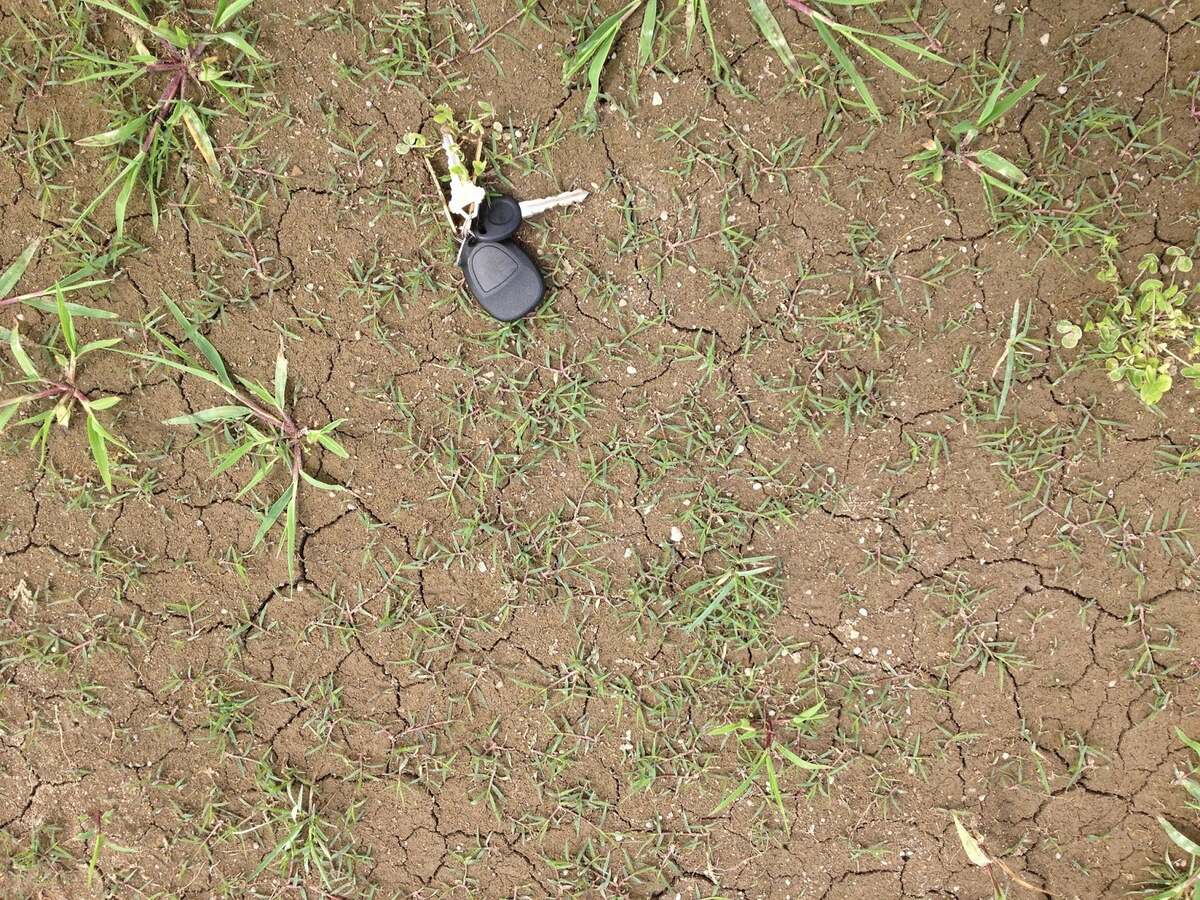
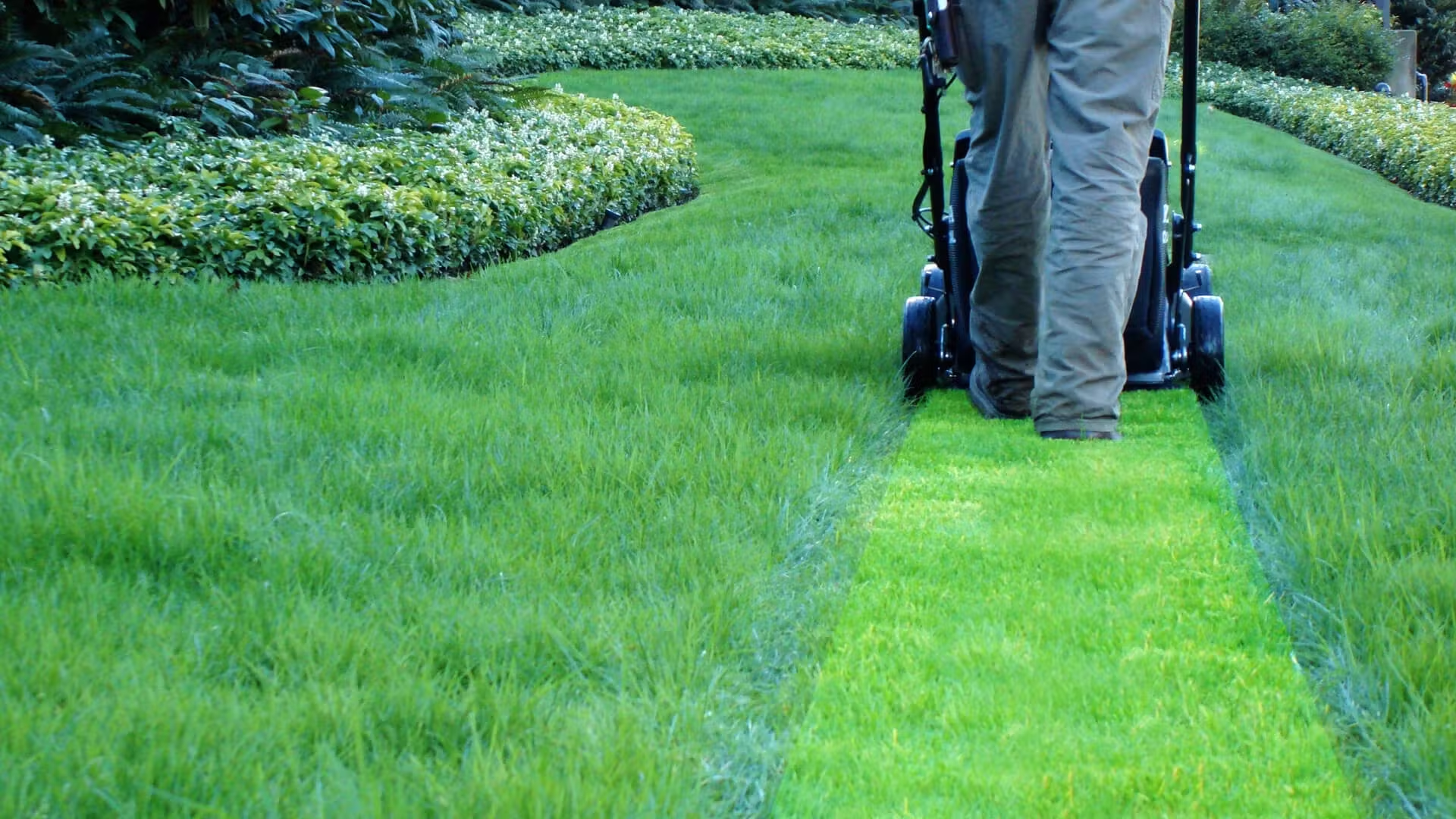
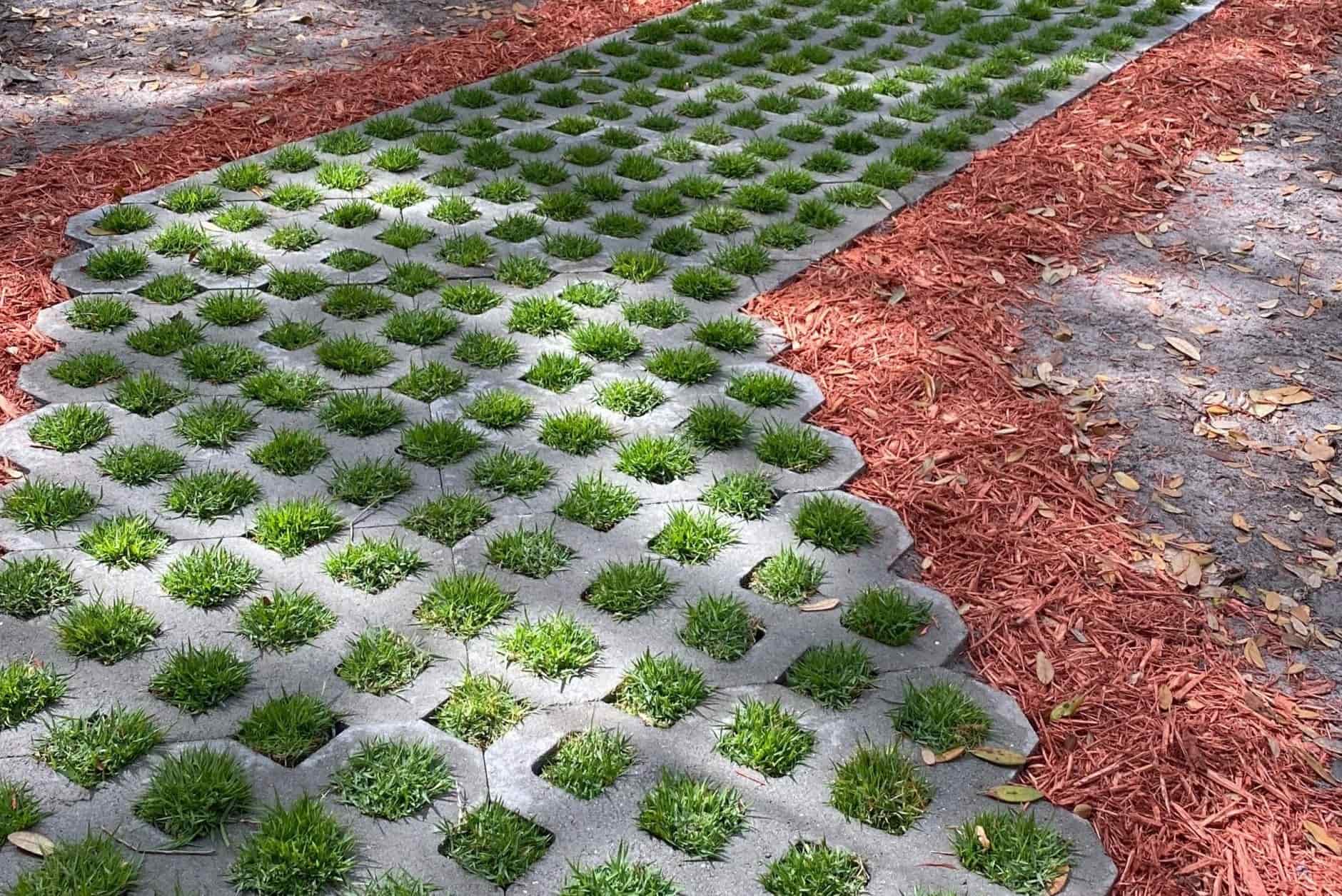
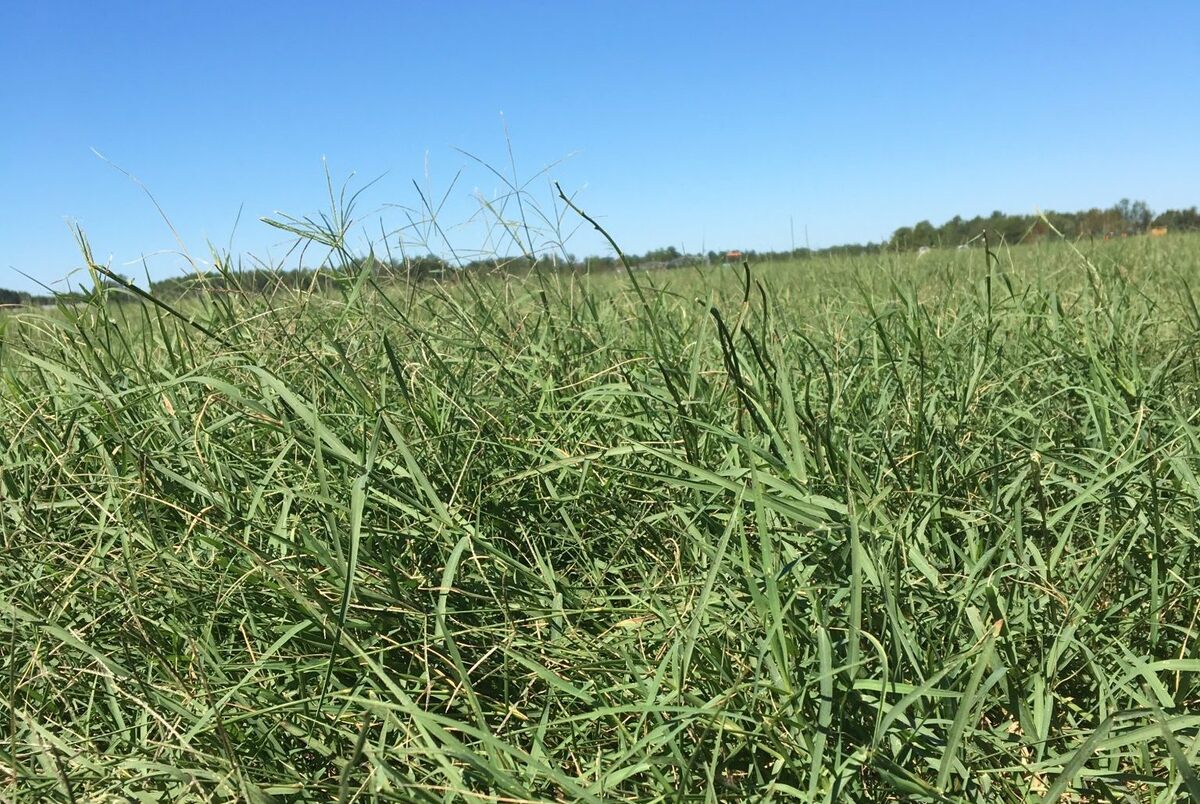

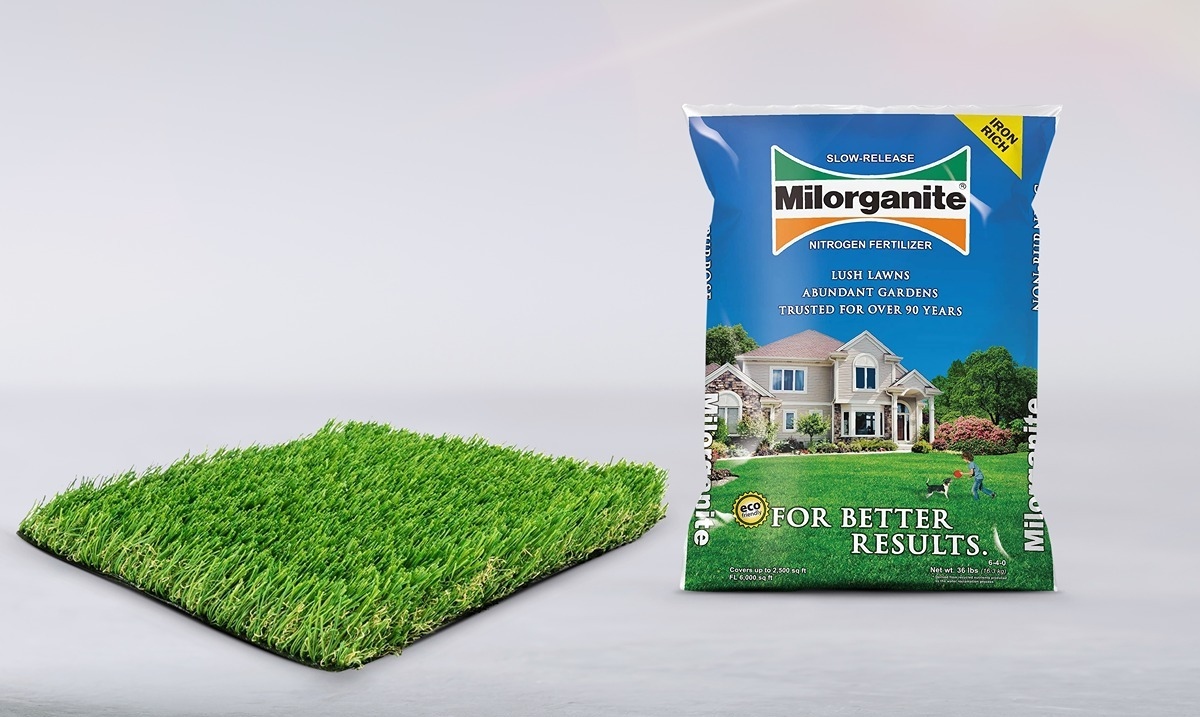
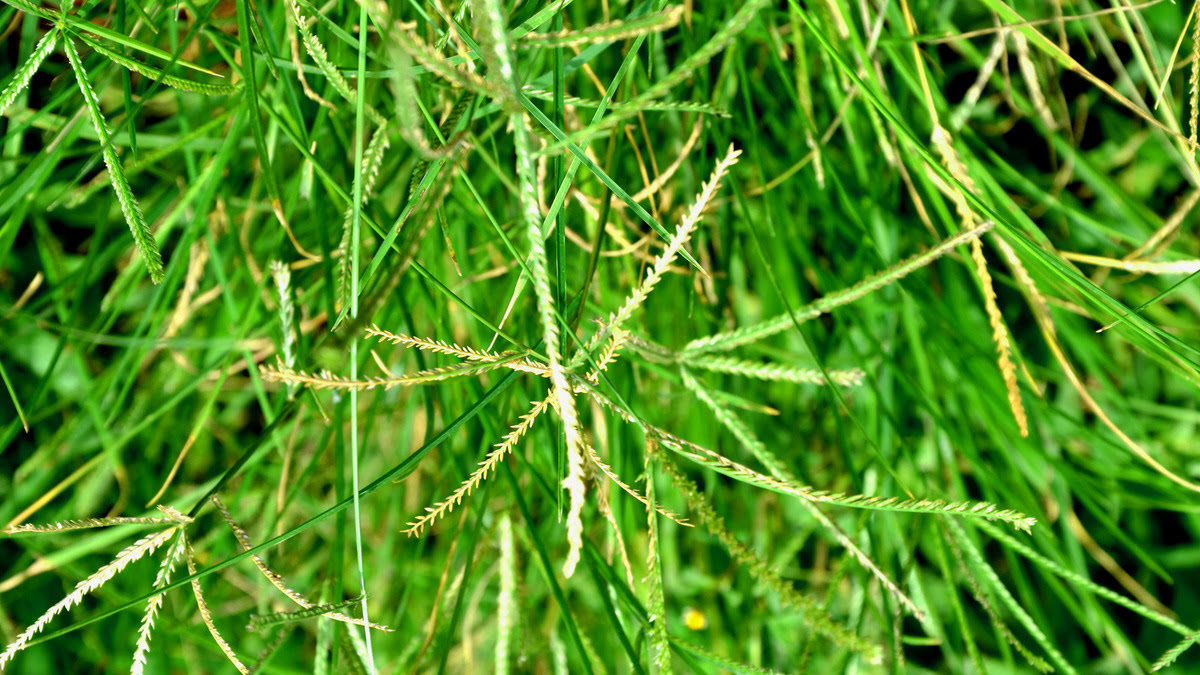
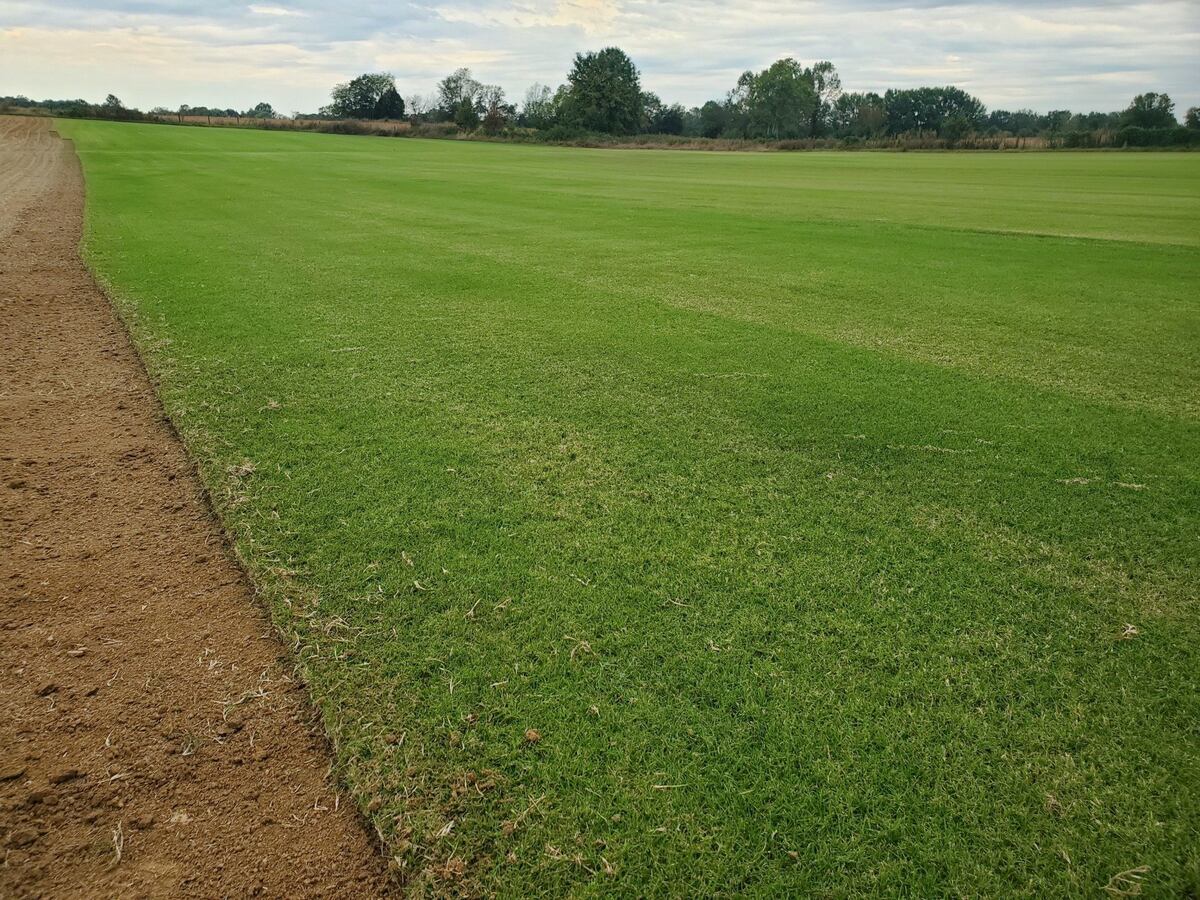
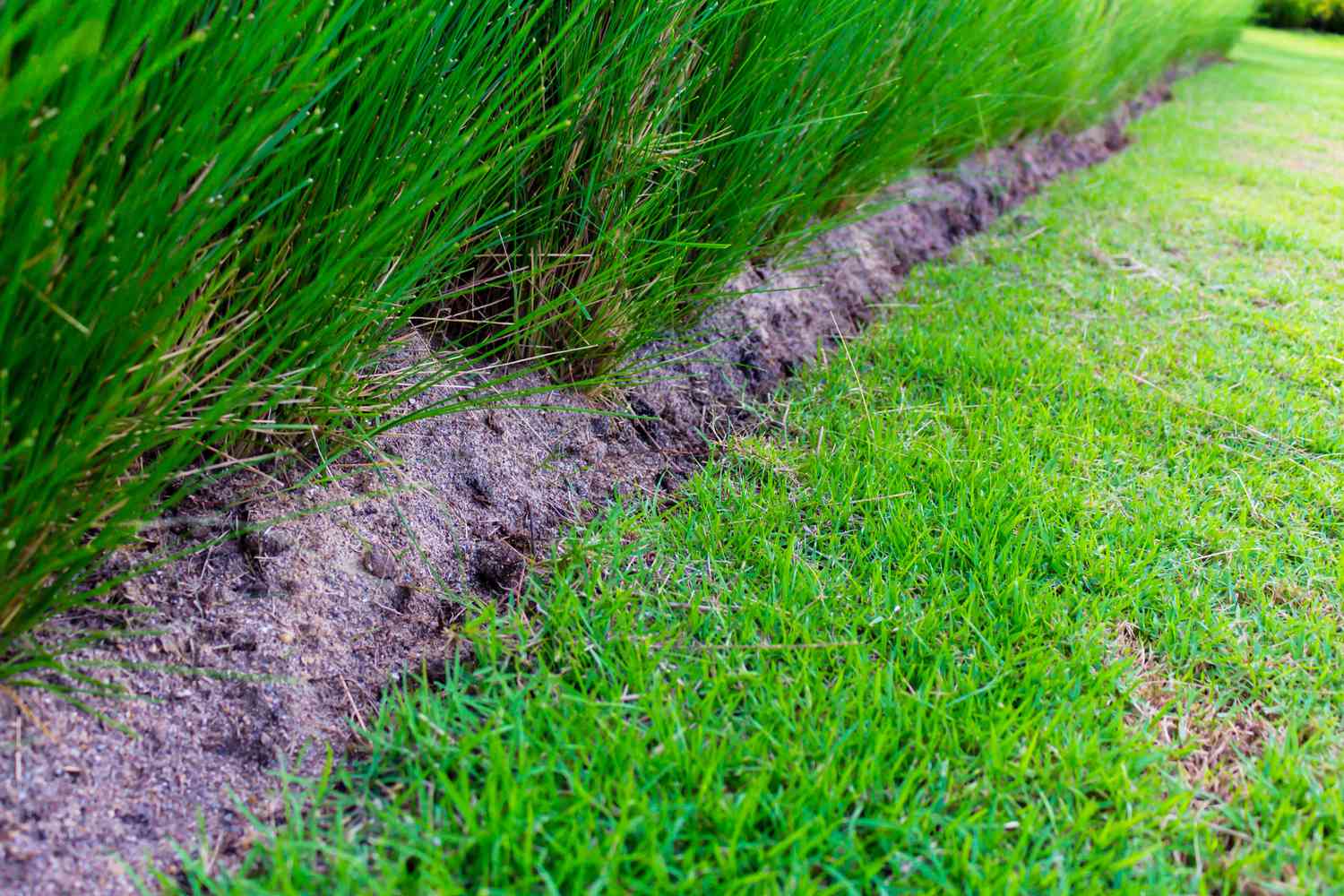
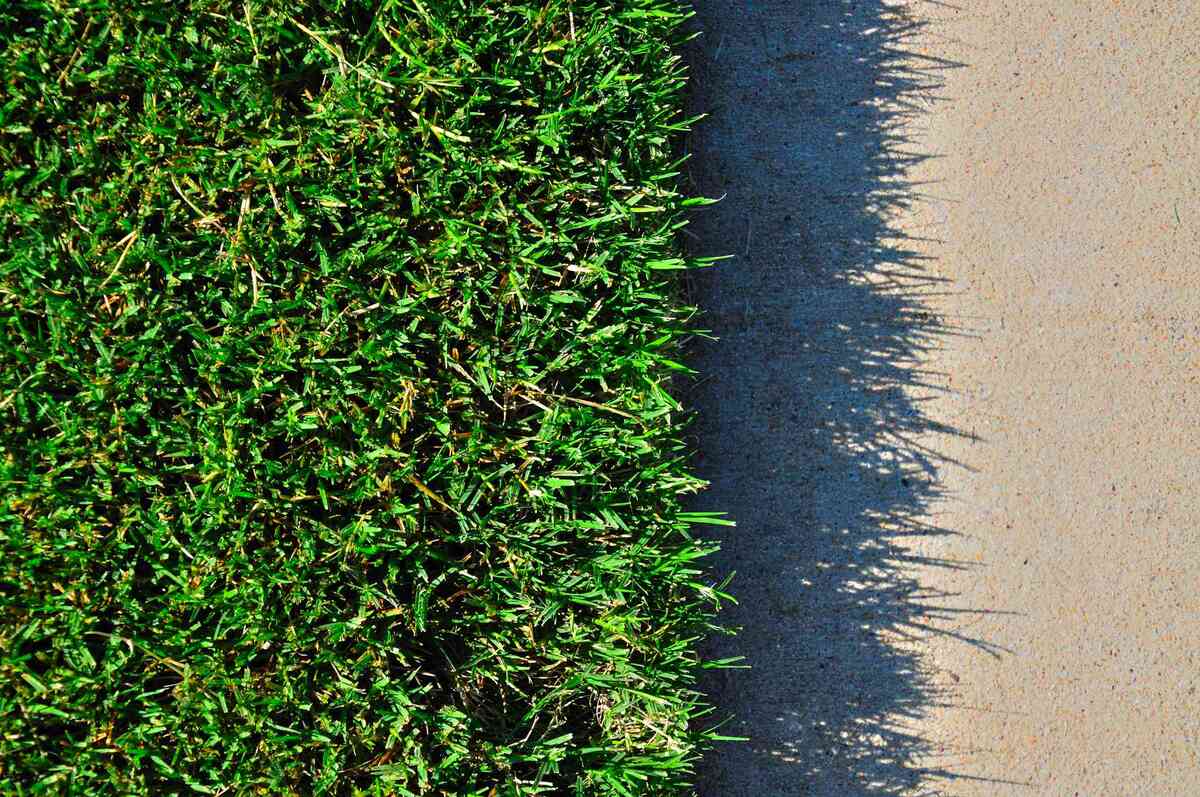
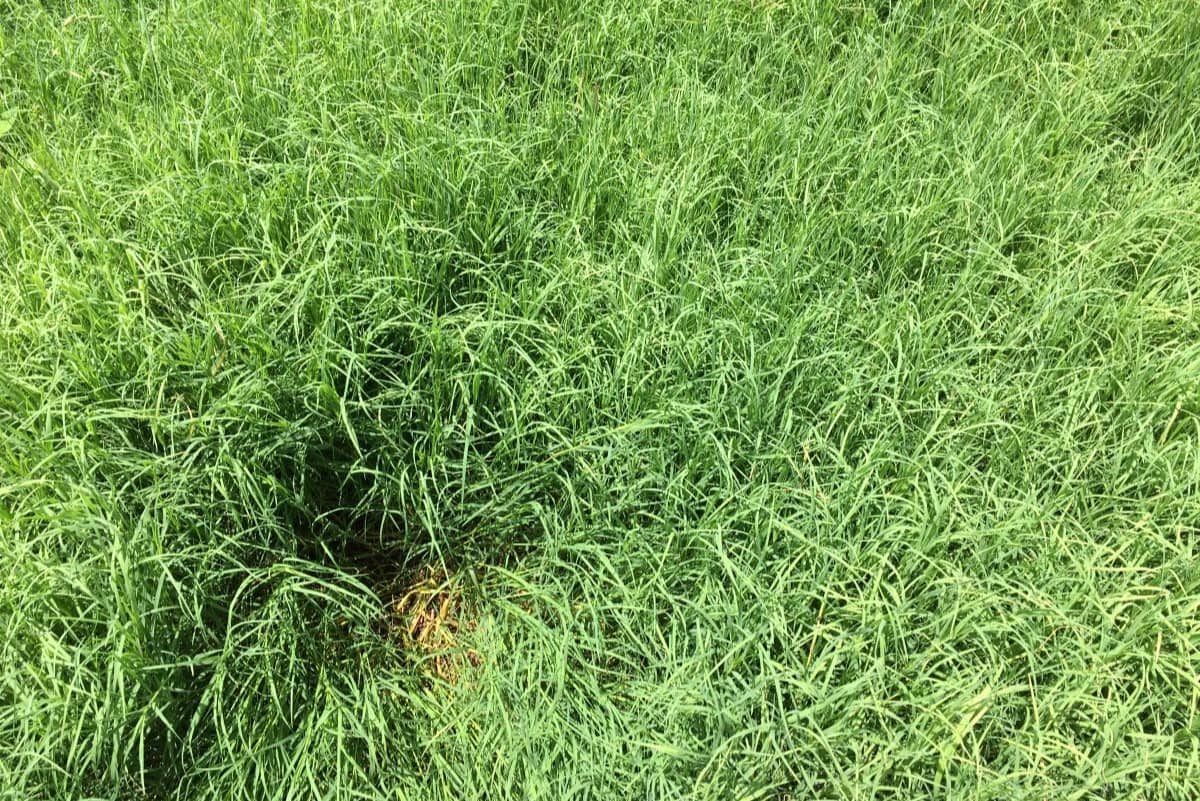

0 thoughts on “How To Grow Thick Bermuda Grass”